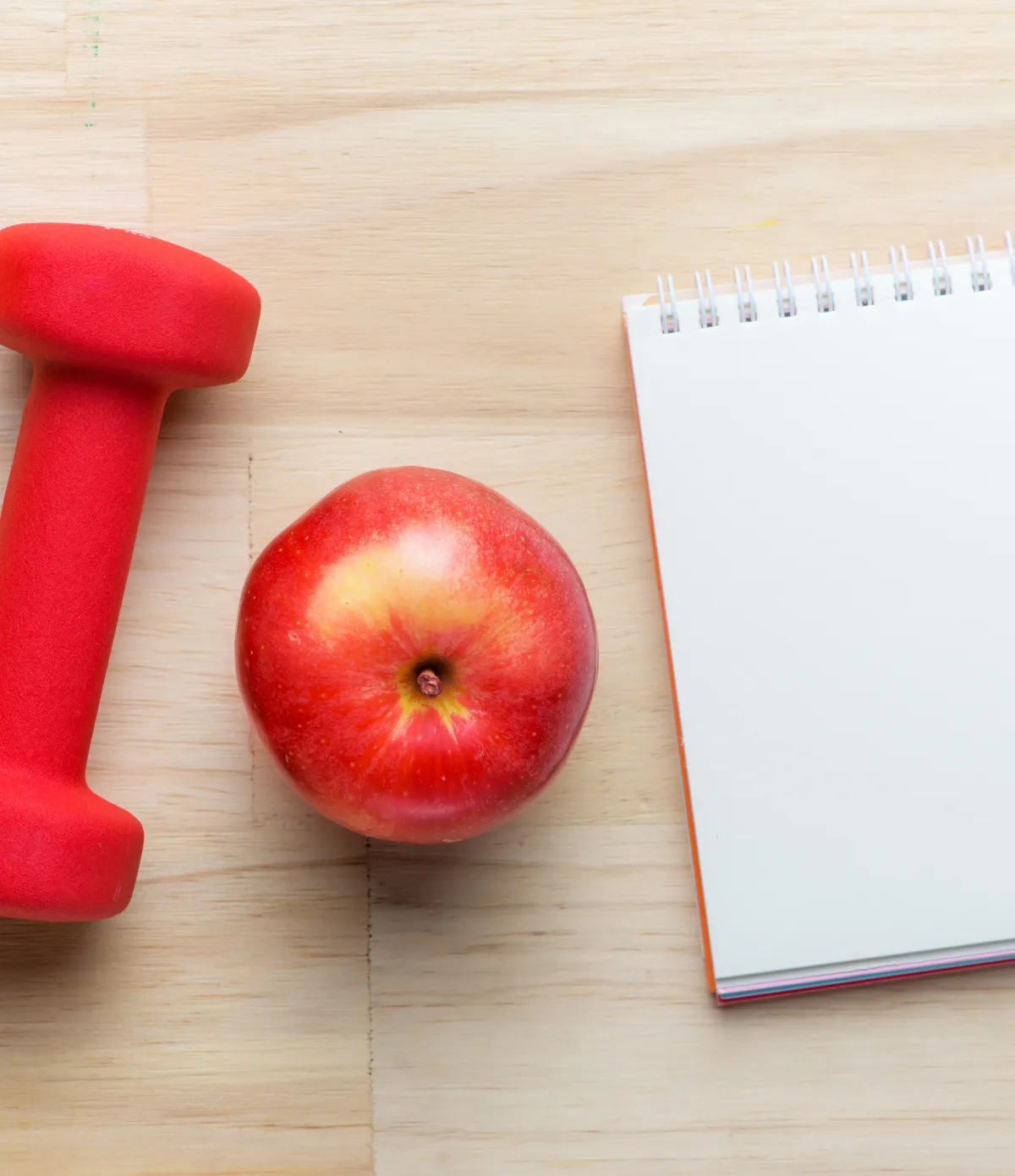
The Power of Routine: Fitness Tips for Neurodiverse Minds
Introduction: Your Secret Weapon for Fitness Success
For many neurodiverse individuals, the world can feel unpredictable and chaotic. In this context, routine isn't a limitation—it's a superpower. It creates a predictable path through the day, reducing anxiety and freeing up mental energy for learning and growth.
Now, what if we could harness that superpower and apply it to fitness?
That’s exactly what this guide is about. Forget the idea of spontaneous, high-intensity workouts. For neurodiverse minds, the key to building a lasting and positive relationship with movement lies in structure, predictability, and consistency. This post will break down why routine is a game-changer and give you practical, step-by-step tips to build a fitness routine that sticks.
Why Routine is a Game-Changer in Adaptive Fitness
Before we get to the "how," let's understand the "why." A structured routine transforms fitness from a source of stress into a source of strength.
It Reduces Anxiety: The biggest barrier to trying something new is the fear of the unknown. A routine answers the questions "What are we doing?", "How long will it last?", and "What comes next?" before they can cause anxiety.
It Conserves Mental Energy: Making decisions is mentally draining. When a fitness routine is automated, there's no need to debate if or when to do it. This frees up precious mental resources to focus on the movements themselves.
It Builds a Foundation for Skill: Repetition is the mother of skill. A consistent routine allows for the repeated practice of foundational movements, leading to mastery and a powerful sense of accomplishment.
It Creates a Sense of Control: In a world that can feel overwhelming, a predictable routine provides a sense of safety and personal control, which is incredibly empowering.
The 3 Pillars of a Successful Fitness Routine
A strong routine is built on three simple pillars: Predictability, Structure, and Visuals.
Predictability (The 'When' and 'Where')
Consistency in time and place is your foundation.
Anchor the Time: Link your "movement time" to another event that happens every day. For example: "We do our movement routine for 10 minutes right after school" or "right before screen time." This creates a natural trigger.
Designate the Space: Use the same spot in your home for every session. This "movement space" (even if it's just a corner of the living room) signals to the brain that it's time to be active.
Start and End the Same Way: Have a consistent 2-minute warm-up (e.g., marching on the spot) and a 2-minute cool-down (e.g., simple stretches). This creates clear bookends for the session.
Structure (The 'What')
The content of the routine should be just as predictable as the timing.
Keep the Sequence: Perform the same 4-5 exercises in the same order for several weeks. This allows for mastery and builds confidence.
Use a "First, Then" Approach: This is a powerful verbal tool. For example: "First, we do 5 star jumps, then we do the bear crawl." It breaks the session into manageable chunks.
Introduce Newness Slowly: When it's time to progress, change only one exercise at a time. This keeps the routine feeling familiar and safe while still providing a new challenge.
Visuals (The 'How')
Don't just rely on verbal instructions. Visual supports are the most effective way to communicate a routine and make it independent.
Create a Visual Schedule: Use a simple chart with pictures or words showing the exercises in order. The individual can point to or check off each one as they complete it, giving them a sense of ownership.
Use a Visual Timer: A sand timer or a visual timer app can clearly show how much time is left for an activity. This is much more effective than just saying "two more minutes," as it makes time concrete and predictable.
Model, Don't Just Tell: Demonstrate each exercise clearly. Better yet, do it with them! This provides a clear visual model to copy and reinforces that you're a team.
Your Next Step: Making Routine Effortless
Building a routine is the single most effective strategy for making fitness a positive and permanent part of life for neurodiverse individuals. It transforms an activity that could be stressful into a source of strength, confidence, and calm.
If you're ready to implement these strategies with a complete, expert-led system, we've designed our programs to make it easy.
All of our online courses, including the "Adaptive Strength & Wellbeing Program," are integrated with the My PT Hub App. This powerful tool allows us to deliver structured, visual workout plans directly to your phone or tablet. With video demonstrations for every exercise and a clear schedule to follow, it takes all the guesswork out of building and maintaining a powerful routine.

